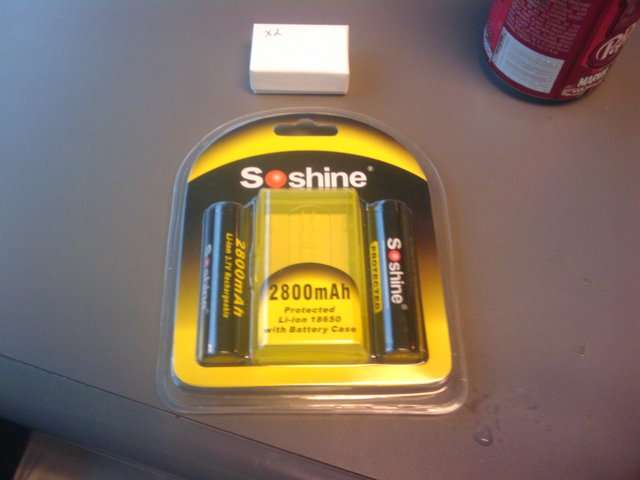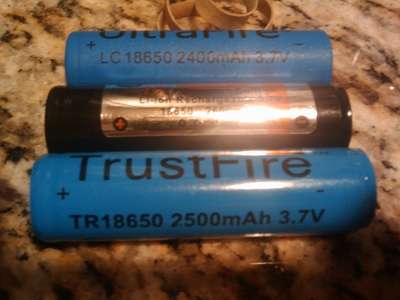Most high quality batteries are going to have tabs on them. Just remove them it's simple.
I have a pair of these Panasonic's I got them from here
New 2 X Panasonic NCR18650 2900 mah 18650 Li-on battery - eBay (item 110462104156 end time Sep-21-10 01:52:54 PDT)
he is also a CPF member.
All of those fire brand batteries suck don't buy them. Get something from LG, sanyo, Panasonic or samsung. Just stay away from the cheap chinese batteries.
One of the biggest difference in the safety of these batteries is in the construction and the quality of the materials. Brands like sanyo or LG use only the highest quality chemicals and are made in clean rooms. You don't want contaminates or low grade chemicals in your cell it can be very unsafe.
read this
Lithium-ion safety concerns
As far as wanting a cell with a protection circuit, why?
They provide a false sense of safety. Lots of people on CPF and DX have found some of them to be faulty, not working.
Also many times they wont fit in your laser or flashlight. If you know what your doing you don't need a protection circuit.
Give me a LG or sanyo over a trustfire any day.






